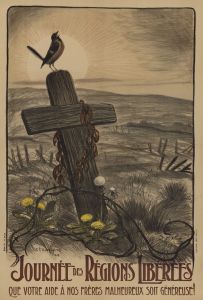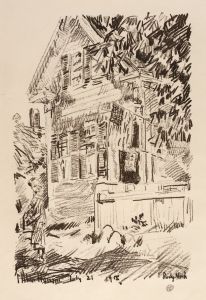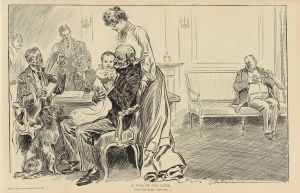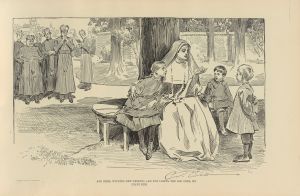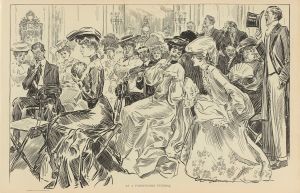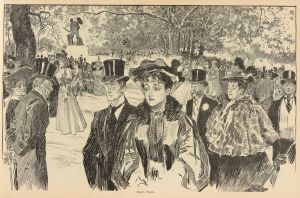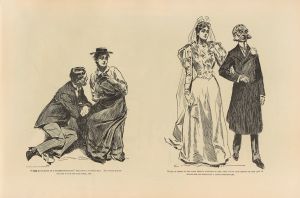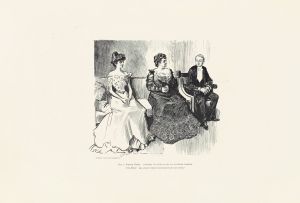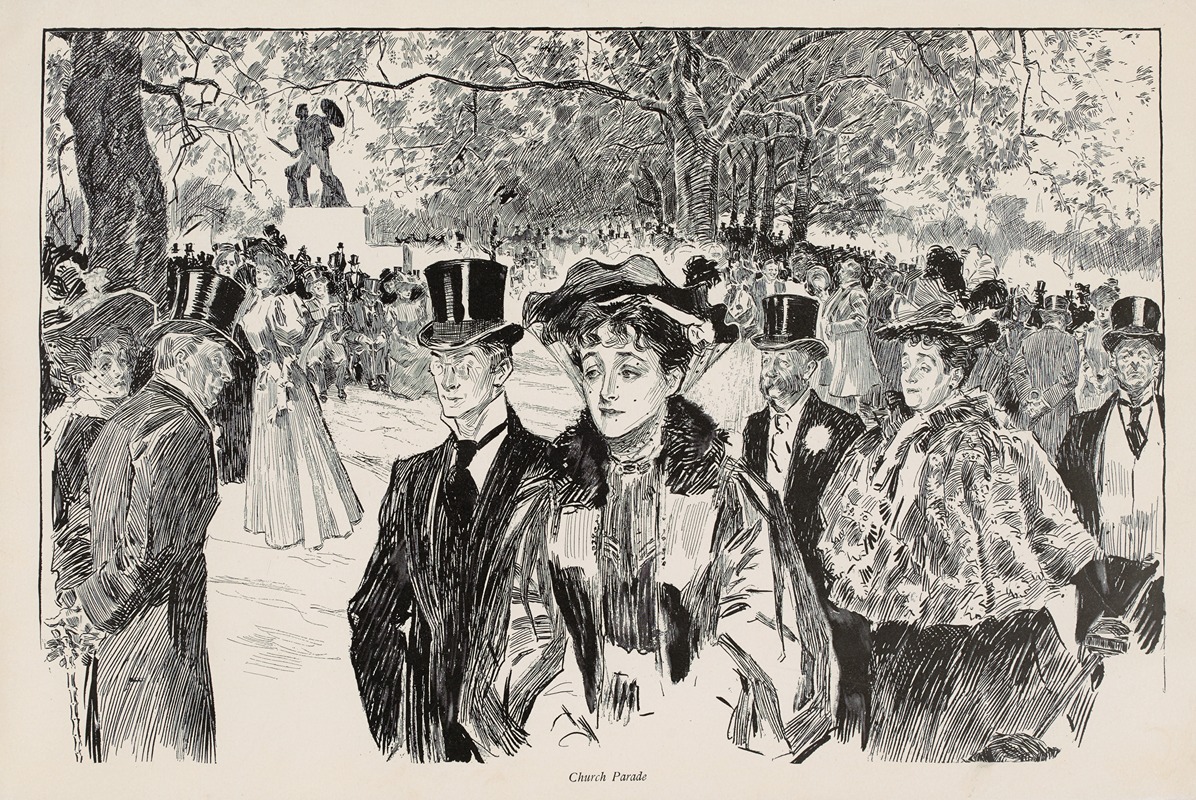
Church Parade
A hand-painted replica of Charles Dana Gibson’s masterpiece Church Parade, meticulously crafted by professional artists to capture the true essence of the original. Each piece is created with museum-quality canvas and rare mineral pigments, carefully painted by experienced artists with delicate brushstrokes and rich, layered colors to perfectly recreate the texture of the original artwork. Unlike machine-printed reproductions, this hand-painted version brings the painting to life, infused with the artist’s emotions and skill in every stroke. Whether for personal collection or home decoration, it instantly elevates the artistic atmosphere of any space.
Charles Dana Gibson was an influential American illustrator best known for his creation of the "Gibson Girl," an iconic representation of the American woman at the turn of the 20th century. Among his numerous works, "Church Parade" stands out as a notable illustration that captures the social nuances and cultural atmosphere of its time.
"Church Parade" is a black-and-white illustration that exemplifies Gibson's keen eye for detail and his ability to convey complex social dynamics through simple yet elegant line work. The illustration typically depicts a scene outside a church, where well-dressed individuals, often women, are seen either entering or exiting the service. This setting provides a glimpse into the social rituals and fashion of the era, reflecting the importance of church gatherings as both religious and social events in American society.
Gibson's work, including "Church Parade," is characterized by its focus on the upper-middle-class society, often highlighting the fashion and demeanor of its subjects. The women in his illustrations, particularly the "Gibson Girls," are portrayed with an air of confidence and independence, often wearing the latest fashions of the time. These illustrations were not just about fashion; they also subtly commented on the evolving roles of women in society, as they began to assert more independence and visibility in public life.
The "Church Parade" illustration would have been published in popular magazines of the time, such as Life, Harper's Weekly, or Scribner's, where Gibson's work frequently appeared. These publications were instrumental in disseminating his illustrations to a wide audience, thereby cementing his influence on American culture and fashion.
Gibson's illustrations, including "Church Parade," are notable for their technical precision and the way they capture the spirit of the age. His work is often seen as a bridge between the Victorian era and the modern age, capturing the transitional period in American society. The "Gibson Girl" became a cultural icon, representing the idealized American woman, and "Church Parade" contributes to this legacy by showcasing the social settings in which these women were often depicted.
In summary, "Church Parade" by Charles Dana Gibson is a significant illustration that reflects the social and cultural dynamics of early 20th-century America. Through his detailed and expressive line work, Gibson not only captured the fashion and social rituals of the time but also contributed to the broader cultural narrative surrounding the changing roles of women in society. His work remains an important part of American art history, offering insights into the values and aspirations of a bygone era.







